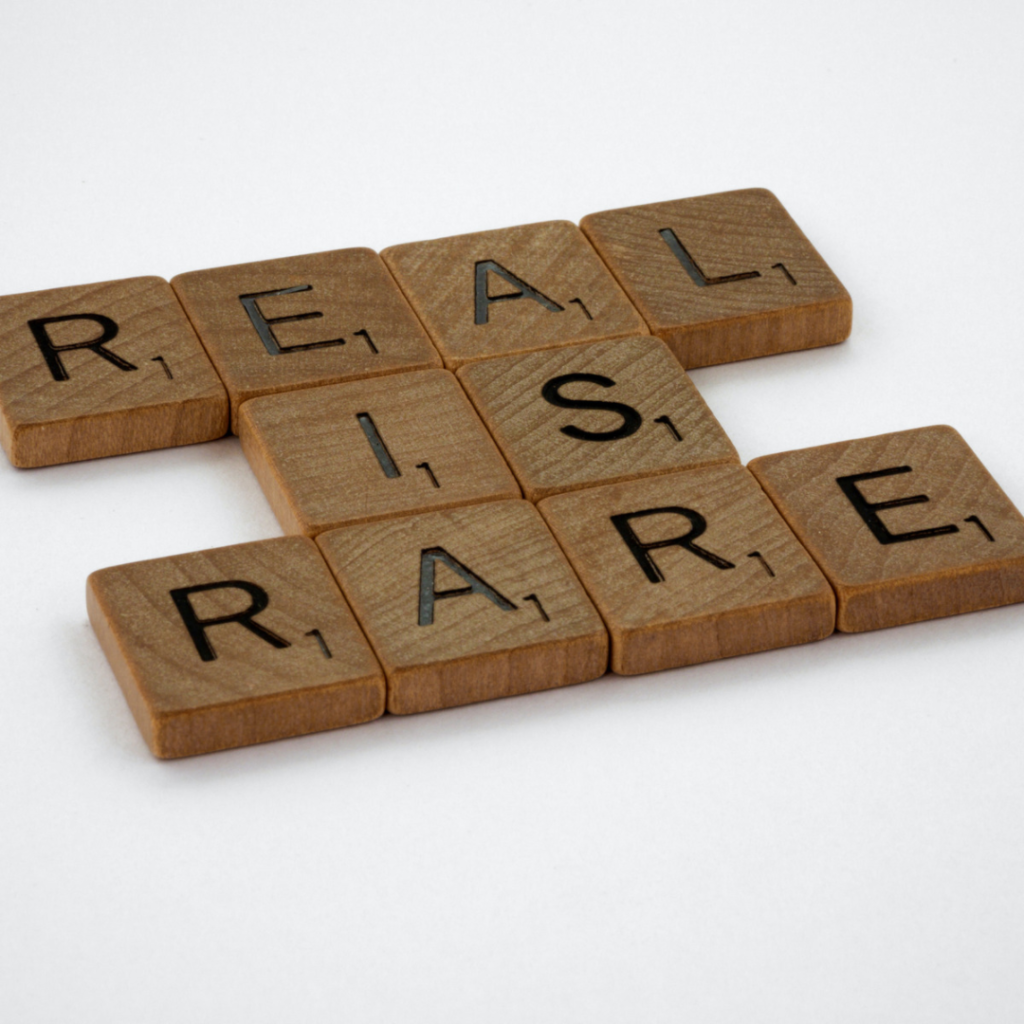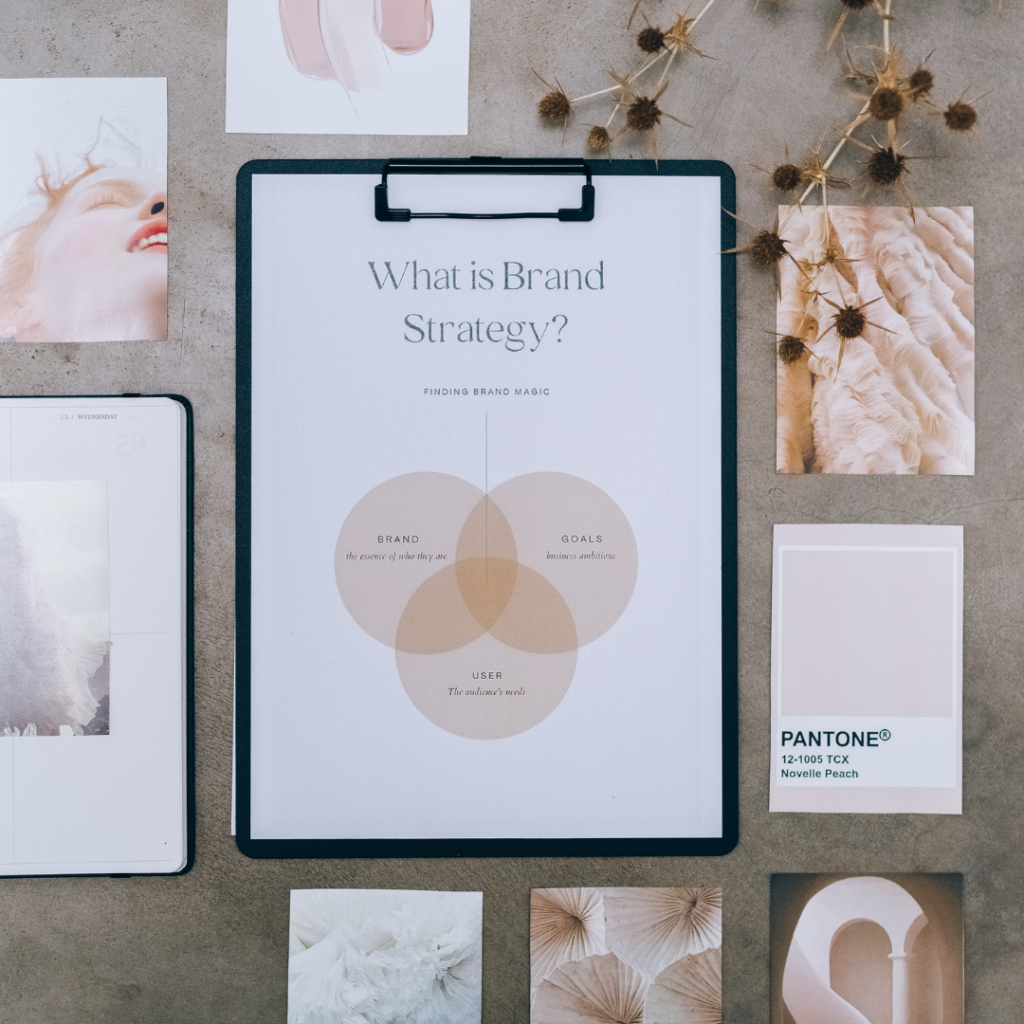
Real quick – having a powerful brand is key to ensuring continuous growth in your business without the hustle.
Now that we have that out of the way (and agree on it!), let’s look at the 7 essential elements to have in place when you’re developing your brand.
Because here’s the thing… you already have everything you need to stand out in whatever crowded online space you’re in. I fully believe that. All you need to do is find a way to extract your uniqueness, develop your brand around it, and then embed that brand across your business – from your products/services to your marketing, sales and your end-to-end customer experience.
You see, the one BIG mistake you’re making that’s hurting your business and keeping you from bringing in higher levels of revenue (I’ll be honest, I made it, too), is that you’re hiding in the “safe space”. You’ve got to get out there and really showcase your brand in order for it to work for you. And yes, a lot of that is in your marketing, but you’ve got to also have the products/services and the experience to back it all up.
But we’re not getting into that here. Right now, we’re focusing on the elements you need to include when you’re building out your brand. And I’ve got to really stress on this here – you need to know this before going to a branding agency to get your branding done. This is brand strategy, and while there are some branding agencies that will help you develop this, it’s always a lot more powerful if you’ve had the time to intentionally think these through.
So without further ado, the 7 essentials for a powerful brand:
Brand Essential #1: The Brand Statement
Your brand statement is your anchor. It sums up what you believe in as a business, what the real reason is behind the products/services you decided to create and sell. I love to start my brand statements with the words “I believe” or “We believe”. Even if you hire a branding agency and they edit this, have something in place before you go. Ask yourself: What belief do you want your customers to connect with?
Brand Essential #2: Your Vision
Think of your vision as your ultimate North Star. It’s something aspirational, and truth be told you might never achieve it. For example, “to help a million women build their own scalable online businesses”. Ask yourself: What impact do you want your business to have in the world or for your target audience?
Brand Essential #3: Your Mission
Your mission is different to your vision in that it describes the “how”. It’s how you intend to accomplish your vision. What will you do to get to where you’re headed? Is it by providing specific services, providing access to resources or creating affordable products? For example, your mission could be “to provide a variety of business support services at different price points that allow women to lean into the containers that work best for them”. Ask yourself: What will you be doing or providing on your path to your North Star?
Brand Essential #4: Brand Values
You’re going to need about 4 to 6 brand values. These should include elements of what you promise to live by as a business, and what you intend to demonstrate internally and externally. Try to get creative. We’ve seen enough “customer centricity”, “respect” and “trust”. Ask yourself: What do you want to be a leader in?
Brand Essential #5: Your Brand Personality
Your brand personality comes through in your communications more than anything. But if you do it well, it should also come through in your sales, your actual products and services and in the channels you choose for your communications. Ask yourself: If your business were a person, how would you describe them?
Brand Essential #6: Your Brand Language
Your brand language, also known as your brand voice is developed as an answer to how you want to come across in your written and spoken communication. Think back to your brand personality and make sure these two match! There is nothing more unnerving than expecting a type of brand language after interacting with a brand and receiving something completely different. Ask yourself: Are there specific words you want to use that can eventually be associated with your brand?
Brand Essential #7: Visuals
Visuals – the thing most people start with when it comes to your brand is actually the last thing you should work on. Visuals refers to the colors and the graphical elements that you’ll use consistently (consistency is key!) across your online and offline content. Colors and visuals have emotional impact, so you want to be intentional about this. Ask yourself: What colors and graphical elements do you want to use to bring out everything you’ve developed as your overall brand?
Found this helpful? Share it with someone who can benefit from it, too!



